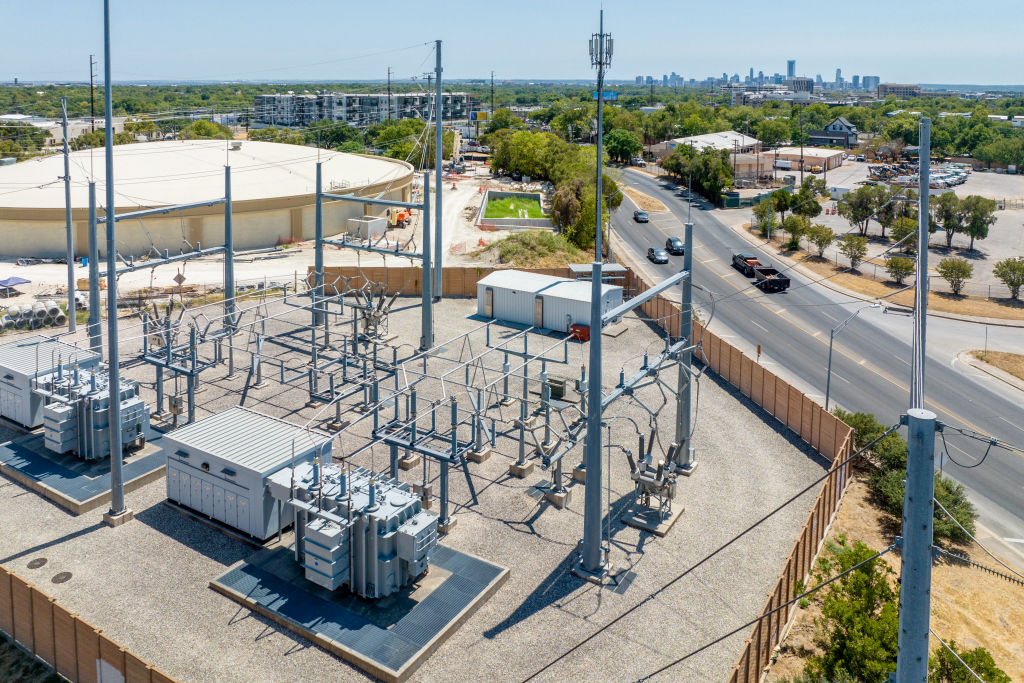The 2024 North American Clean Ammonia Conference, organized by Argus Media, took place in Houston from June 12 to 14. The event gathered nearly 200 industry professionals to discuss the burgeoning market and advancements in clean ammonia across the Americas. Key topics included the application of carbon capture and storage (CCS) technology in blue ammonia production, advancements in steam methane reforming (SMR) and autothermal reforming (ATR), low-carbon ammonia value chains and trends, investment in blue ammonia along the U.S. Gulf Coast, global clean ammonia regulations, and North America’s green hydrogen and ammonia sector.
Tim Cheyne, Argus Media’s Senior Vice President and Global Director of Agriculture, Fertilizer, and Ammonia, moderated a panel titled “US Gulf South Focus: Why Texas and Louisiana have the edge in producing clean ammonia.”
The panel featured industry experts John Gunn (Global Operations Manager at Bechtel), Nate Collamer (Vice President at 8 Rivers), Jeffrey Norman (Vice President at Air Products), and Ian Rodwell (General Manager at Woodside Energy).

The panelists emphasized the unique advantages of the U.S. Gulf Coast, particularly Texas and Louisiana, for the development of clean ammonia. Key factors highlighted included:
- Strategic Location: The Gulf Coast boasts extensive port areas with ample land for development. Its water terminals are connected to major international and domestic shipping routes, facilitating efficient transportation of ammonia products globally.
- Robust Infrastructure: The region’s mature energy infrastructure, including extensive energy transmission pipelines and storage facilities, supports large-scale energy projects. Notably, the Gulf Coast houses the world’s largest hydrogen transmission pipeline, extending from New Orleans to Houston. Deep-water ports in the region enable cost-effective construction of large-scale energy projects.
- Skilled Workforce: Houston, a hub for the oil and gas industry, offers a rich talent pool in the energy and chemical sectors. The local community’s acceptance of industrial development surpasses that of many other regions, including Europe.
- Abundant Natural Resources: The Gulf Coast’s rich reserves of gaseous fuels allow for the production of cost-competitive clean ammonia, enhancing its market appeal.
- Financial Liquidity: Houston’s vibrant energy finance sector supports significant capital flows and large-scale investments, creating a favorable financial environment for clean ammonia projects.
Additionally, the U.S. government’s 2022 policy offering a $60 per ton tax credit, known as 45Q, for CCS-enhanced oil recovery (EOR) technology, further incentivizes new energy projects in the region.
Texas is advancing several ammonia production projects that incorporate renewable energy, carbon capture, and ultra-low-carbon technologies:
- Cormorant Clean Energy Project: This $1.2 billion plant in Port Arthur is set to break ground in 2025 and start commercial operations by late 2027. Utilizing oxy-combustion technology to capture carbon dioxide, it aims to eliminate emissions and reduce production costs. The plant will employ 8HR2 carbon hydrogen processing technology, replacing air in the combustion process with carbon dioxide to create emission-free synthetic air. Its ammonia output will be exported to South Korea, where it will replace fossil fuels in coal-fired power plants.
- Nueces Green Ammonia: Developed by Avina Clean Hydrogen, this Texas-based project plans to produce 800,000 metric tons of ammonia annually from renewable hydrogen and nitrogen gases. The facility will feature an electrolysis system for generating carbon-free hydrogen from water, creating 75–100 permanent jobs and over 500 construction jobs.
- First Ammonia and Uniper: Scheduled to begin production in 2026 in Victoria, Texas, this green ammonia project will be the first commercial-scale facility to use solid-oxide electrolyzers, which are 30% more energy-efficient than other methods. It will produce ammonia from renewable electricity, with an initial output of 100,000 tonnes per year.
- Yara and Enbridge: This $2.9 billion plant aims to capture and store about 95% of the carbon dioxide generated during production. Although planned before the U.S. Inflation Reduction Act (IRA) of 2022, the increase in carbon storage tax credits under the IRA has made the project more attractive.
As the largest energy-producing state in the United States, accounting for 23.8% of the country’s total energy production in 2021, Texas is poised to play a crucial role in meeting new energy demands. While the majority of its energy currently comes from crude oil and natural gas, particularly from the productive Permian Basin, Texas is making significant strides in renewable energy projects to maintain its leadership in the energy sector.
In summary, experts assert that the Gulf Coast, particularly Texas and Louisiana, is poised to remain a central hub for clean ammonia energy development in the United States for at least the next decade.
Editor-in-charge: Wang Zi




